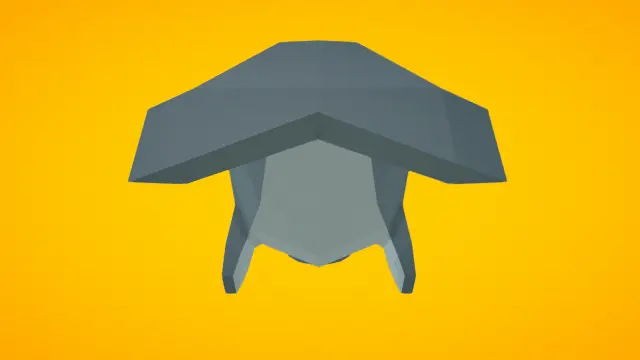Internet giant Google has opened a 3D model asset library. Called Poly, the file repository is teeming with everyday and exotic objects to download.
As technology companies bet big on augmented reality and virtual reality seeps into the household as the stuff of everyday, rather that haute-tech for the nerdily inclined, it becomes clear that content will be King.
But, much like that metaphorical chicken and its egg, which comes first? The content to enjoy, or the users of the platform. Which begets which?
Well, we don’t have that answer. Nor do we know whether content is the chicken or the egg. What we do know though, is that Google is making asset creation for content developers that little bit easier with the release of Poly, its own 3D model repository.
Catering to content creators for the nascent VR and AR tech, Poly is a colorful space brimming with objects, animals, scenes and characters. To launch Poly, Google commissioned and created thousands of 3D models in collaboration with artists and internal teams.
Anyone with a Google account is good to go on the new platform. Just sign in to your Google account on a web-browser and navigate to the Poly webpage.
On it, users have the option to “like” a model, adding it to a personal library of 3D objects. In addition, you can share, download, and even create gifs (in a variety of social media-friendly formats) of the models.
Licensing is handled in a similar way to other file repositories like Thingiverse, with a small tab detailing the Creative Commons license. It even throws up a thoughtful prompt to credit the appropriate licence holders when downloading the models.
Google Does 3D Modeling: What About 3D Printing?
Catalogueing a myriad of 3D objects and scenes, Poly appears as something of a mirror to Microsoft’s Remix 3D, also a repository of 3D models.
One key difference between the two is that Microsoft’s effort builds into an obvious grander plan to integrate 3D printing and modeling into the Windows platform. With that said, we’ve previously reported that the Remix 3D experience is lacking. Workarounds are required to extract the models for 3D printing.
This is not the case for Google’s Poly, with most models downloadable as the versatile 3D printable obj file. This is potentially huge news.
While Poly is positioned as a 3D model presentation and distribution tool for AR and VR design, the simple interface and potential user base (there were 1-billion Gmail users as of February 2016…) could make it a powerhouse of a file repository for 3D printing, too.
And better still, as more and more desktop 3D printers offer multi-color printing, the obj file’s versatility carrying color information could satisfy the demand for a reliable source of printable color models.
Were Google to tweak the platform’s positioning a little to encompass 3D printing too, Poly could be an overnight challenger to known names in 3D printing.
Source: TechCrunch

License: The text of "Google Launches Poly, a Full-Color 3D Model Library" by All3DP is licensed under a Creative Commons Attribution 4.0 International License.